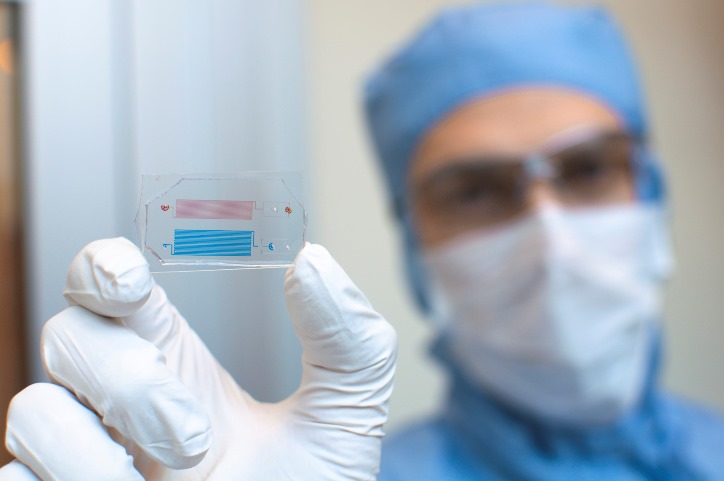When it comes to 3D printing, the sky is the limit. As 3D printing technology continues to advance, applications can be as far reaching as airplane and automobile parts to medical devices and even anatomically correct, biocompatible models. Although 3D printing technology is developing at a rapid pace, the technology itself is not new. It emerged in the 1980s as a means of creating rapid prototypes. In recent years the applications for 3D printed models have evolved with the available hardware, software, and printable materials. Evolving technology, paired with the creative and innovative minds of scientists, engineers, and physicians, has been the launching pad for developments within 3D printing technology specific to healthcare. One way 3D printing technology is poised to create better patient outcomes is in creating an anatomically and patient-specific models to aid in surgery and medical procedures. With the capability to 3D ...

For all the progress medical science has made in the past century, some things are still beyond the reach of modern physicians. For example, medical science can treat diabetes but can’t cure it. We can manage symptoms once a patient’s been diagnosed with diabetes, but can’t repair the damage the disease can cause to the patient’s kidneys. We can replace damaged kidneys with donor organs, but can’t eliminate the risk of rejection.
Regenerative medicine aims to change those limitations. It’s an emerging, evolving field of research that encompasses both tissue engineering and self-healing at the cellular level. By harnessing the body’s own power to regenerate itself, researchers hope to discover ways to repair or replace damaged cells, tissues and organs. And because the science hinges on using a patient’s own cells, whenever possible, to create the regenerative effect, regenerative medicine holds the promise of rejection- and complication-free treatment for a variety of injuries and diseases.
How does it work?
Stem cells are at the heart of self-healing regenerative medicine. These unspecialized cells, which are found in many tissues of the body, can renew themselves through cell division and each new cell can develop into a different type of cell that has its own specialized function.In some locations of the body, such as the bone marrow, stem cells work their regenerative magic naturally. In other areas of the body, they only divide under special conditions. With the right encouragement from researchers, a stem cell could divide and become brain cells, skin cells, kidney cells or virtually any other kind of cell.
Researchers are exploring ways to encourage stem cells — including a patient’s own adult stem cells — to grow into specialized cells and tissues. By growing specific types of cells that can be transplanted into a patient’s body, researchers hope to be able to replace damaged or dead cells, restore functioning to damaged organs or tissues, or even grow completely new, functioning organs for transplantation.
Tissue engineering, a relatively new field of research, uses biopolymers (biomaterials) to build scaffolds to support cellular tissue and organ growth. Researchers create the scaffolds and then introduce cells and/or growth factors to encourage the cells to grow on the scaffold, creating new tissue.
The promise of regenerative medicine
Strides in regenerative medicine have already helped improve wound healing, orthopedic treatments and cosmetic treatments, and to treat diabetic ulcers and periodontal defects. Researchers hope to develop regenerative treatments that will not only reverse the damage that are symptoms of certain diseases or injuries, but cure the diseases themselves. Additionally, regenerative medicine holds the promise of being able to grow new tissues and even entire organs using the patient’s own cells.
By giving researchers safe, biocompatible and bioabsorbable materials to support their tissue engineering and self-healing treatments, biopolymers play an important role in regenerative medicine. Biopolymers are broadly available, widely used in other medical applications, and versatile enough to support a range of treatment and research methodologies. Successful regenerative treatments may ultimately rely on a combination of biopolymers, scientific ingenuity and our bodies’ own amazing recuperative powers.
Comments
Post a Comment